Locating and Using School Records for Genealogical Research
School may be out for summer, but genealogists should still know how to find and use school records! Today’s blog will discuss the ABCs of school records in genealogical research and offer some great online resources. American schools date back to the earliest days of colonial settlement. The Boston Latin School, established on April 23, 1635, was the first school in what is now the US, and it still operates today. Modeled after the Free Grammar School of Boston, England, it was a boys-only public secondary school, led by schoolmaster Philemon Pormont, a Puritan settler. Courses were strictly for college preparation; they were centered on the humanities and included Latin and Greek. The most famous alumni of the school were John Hancock and Samuel Adams. Benjamin Franklin had to drop out after two years because his father could no longer afford the cost. When searching for records, consider all schools,...


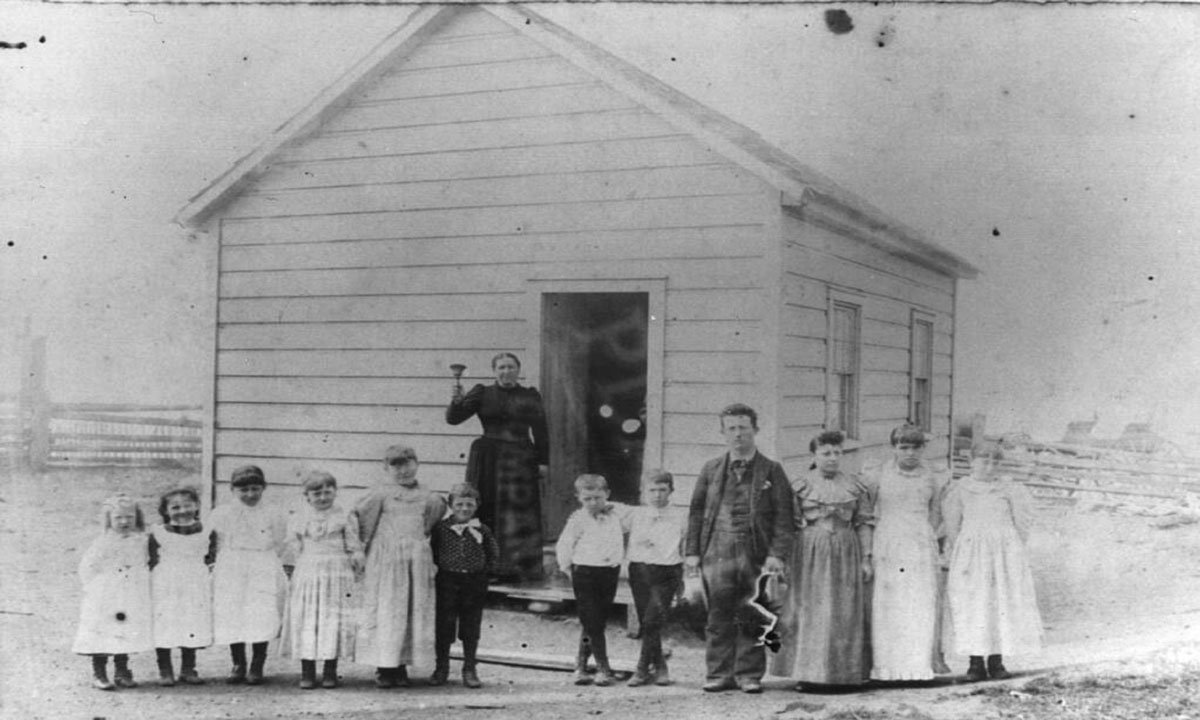
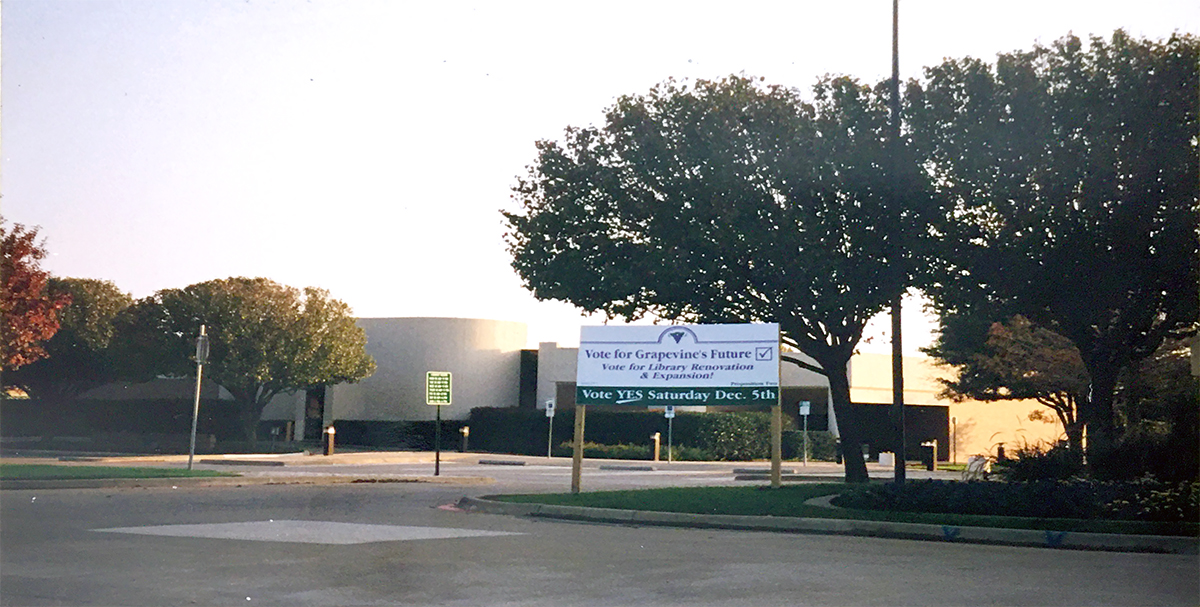

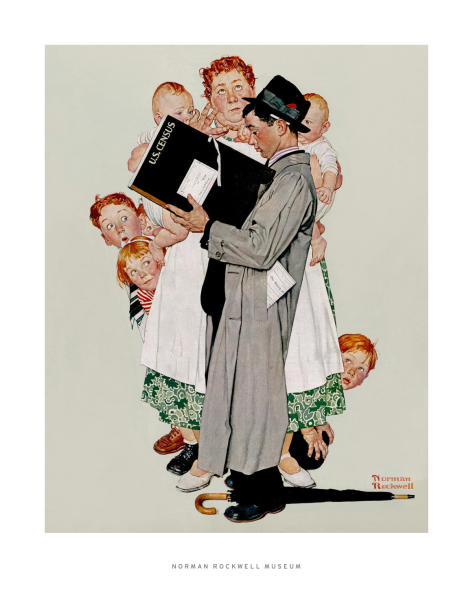


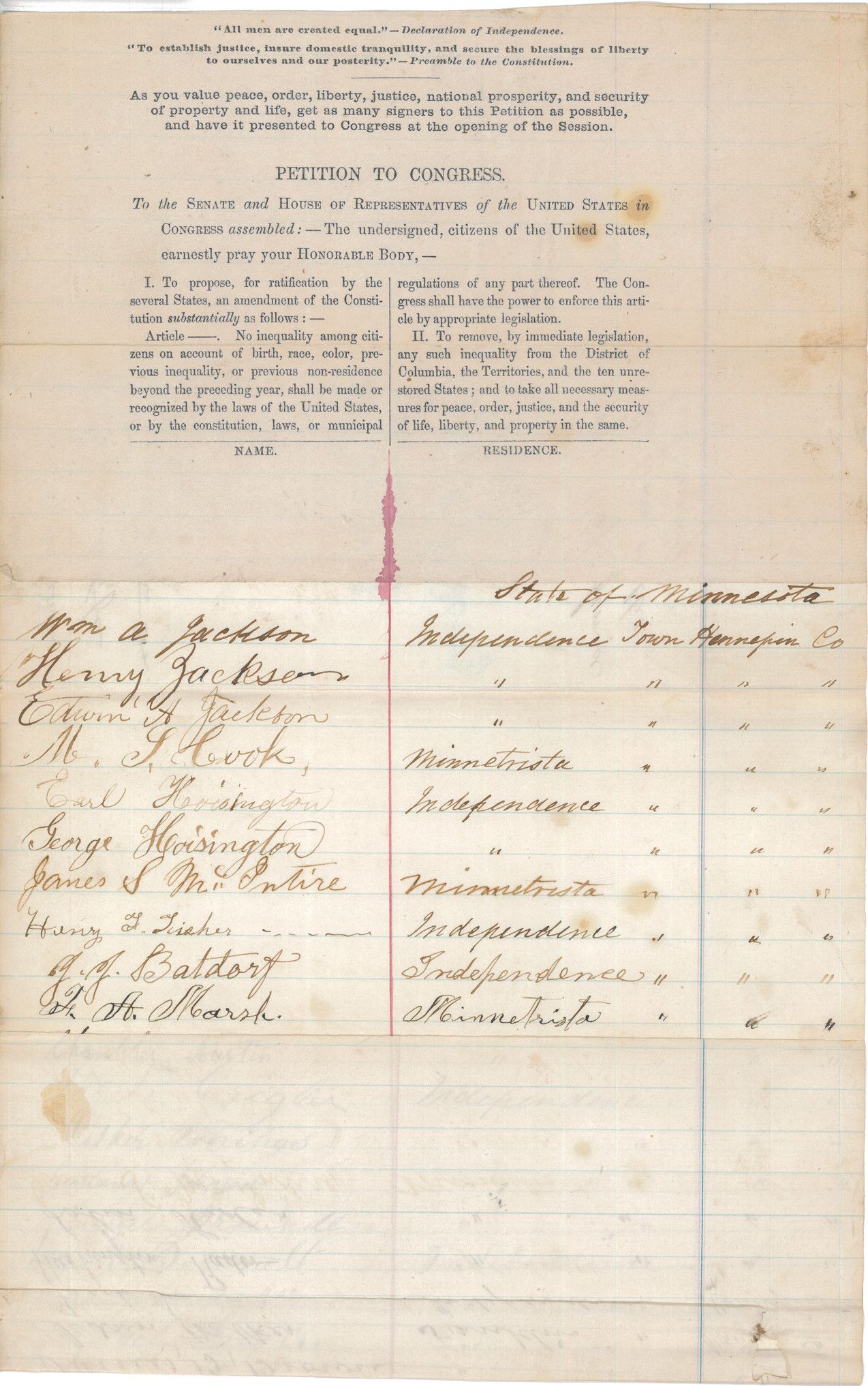


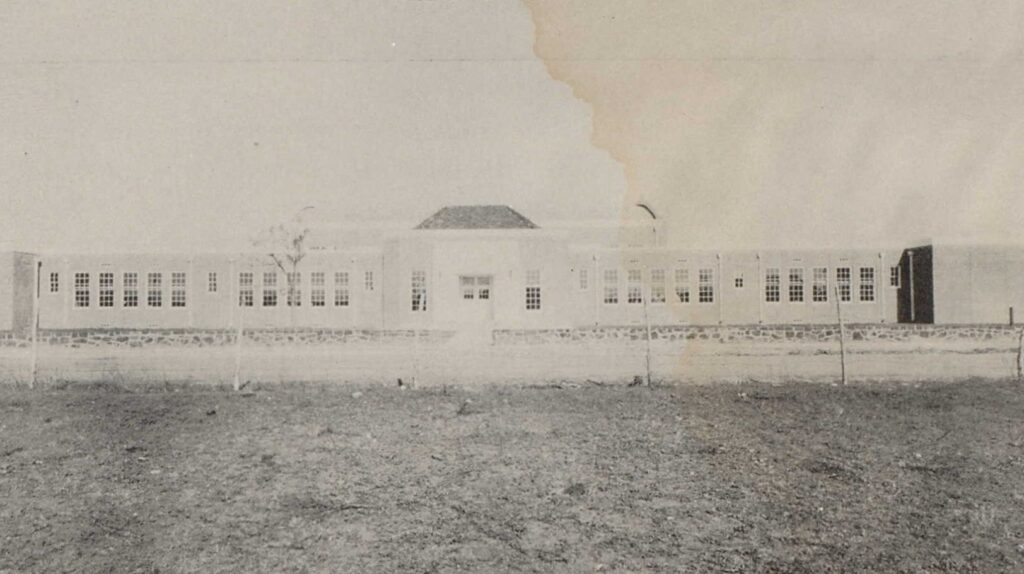
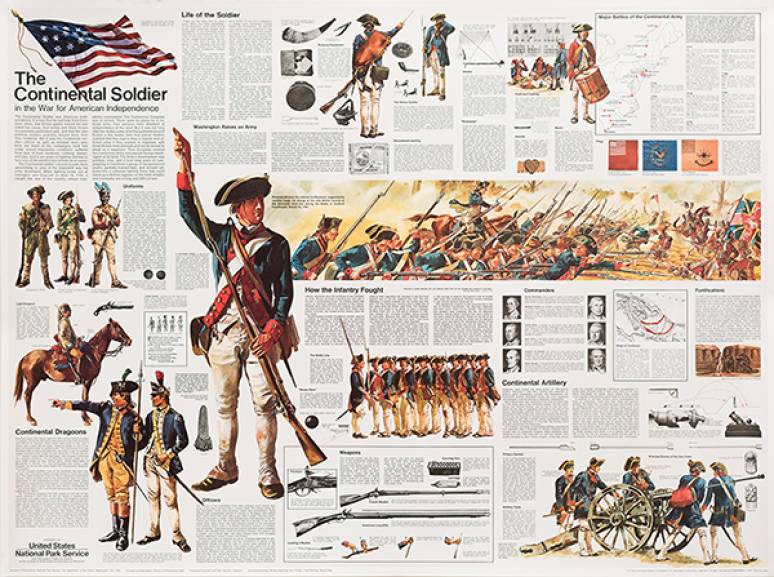
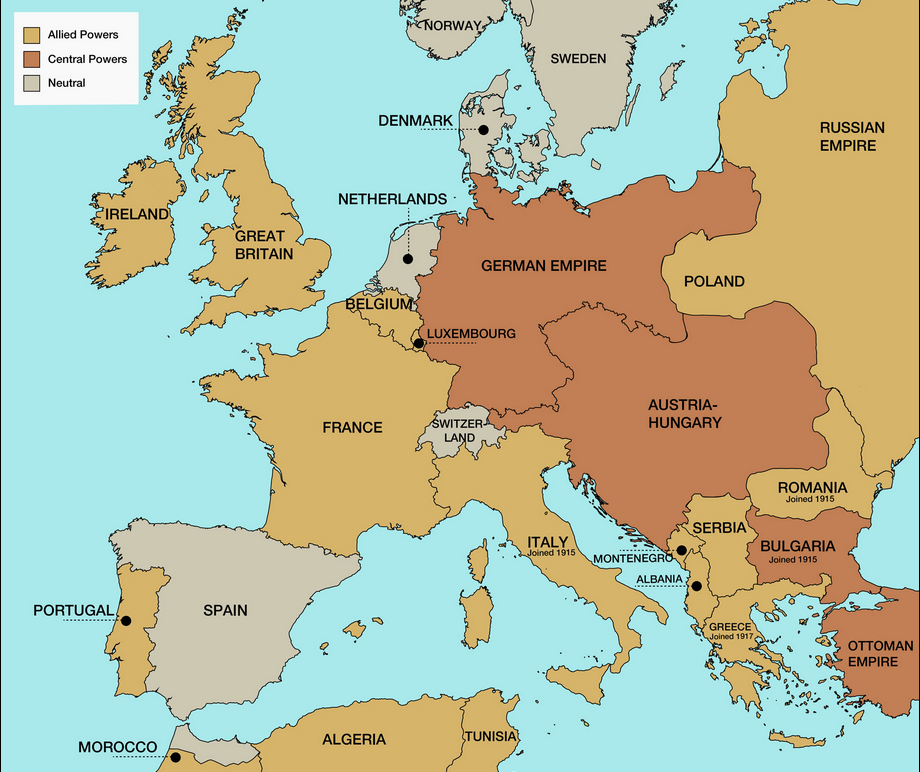
Recent Comments